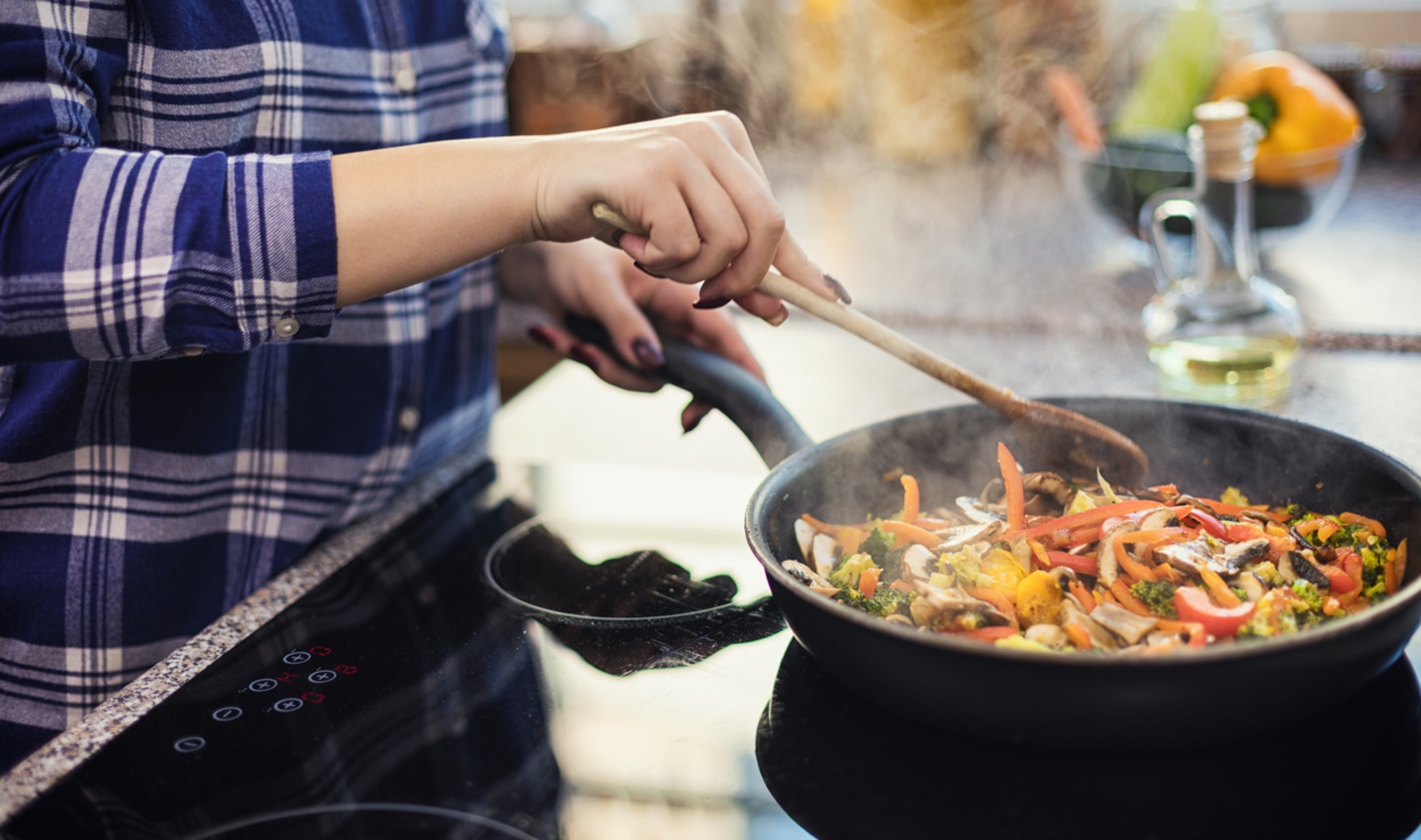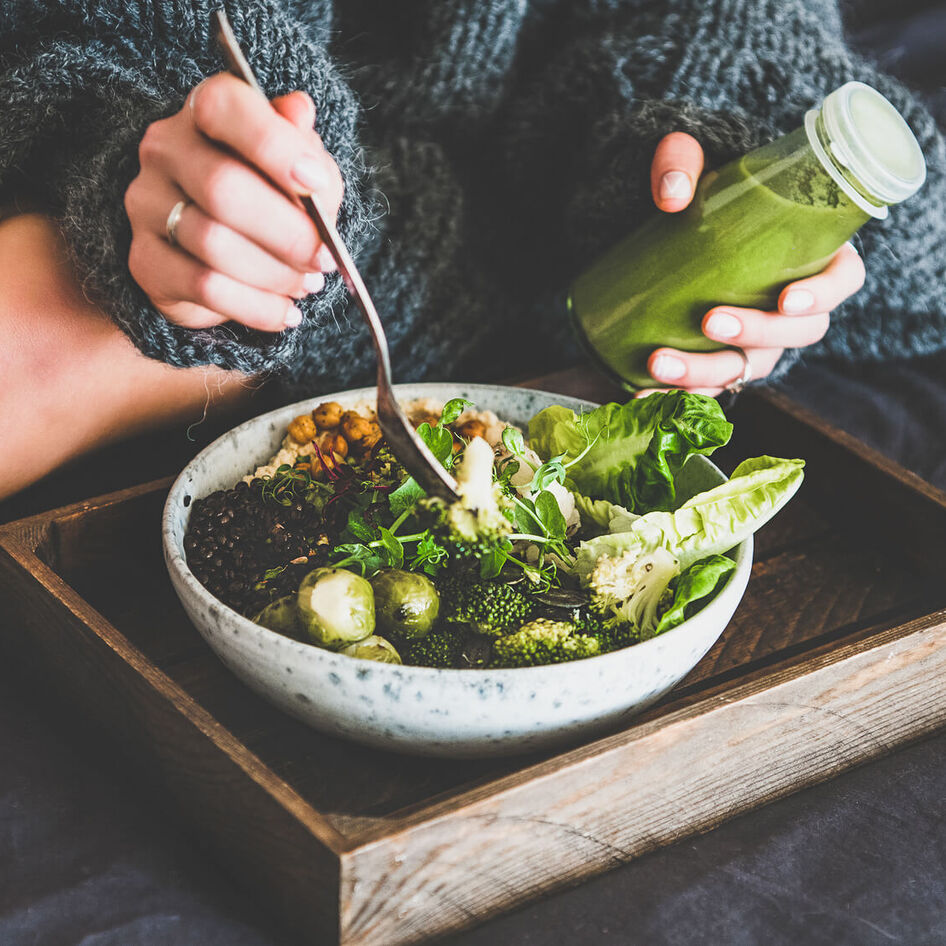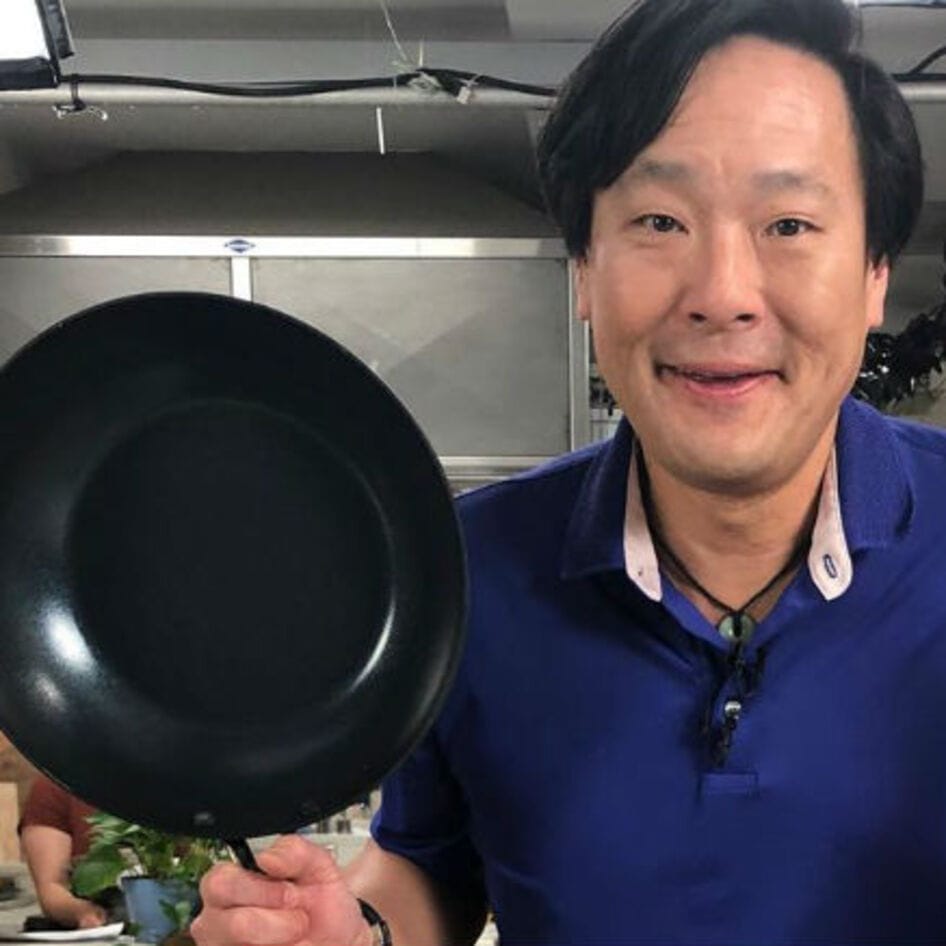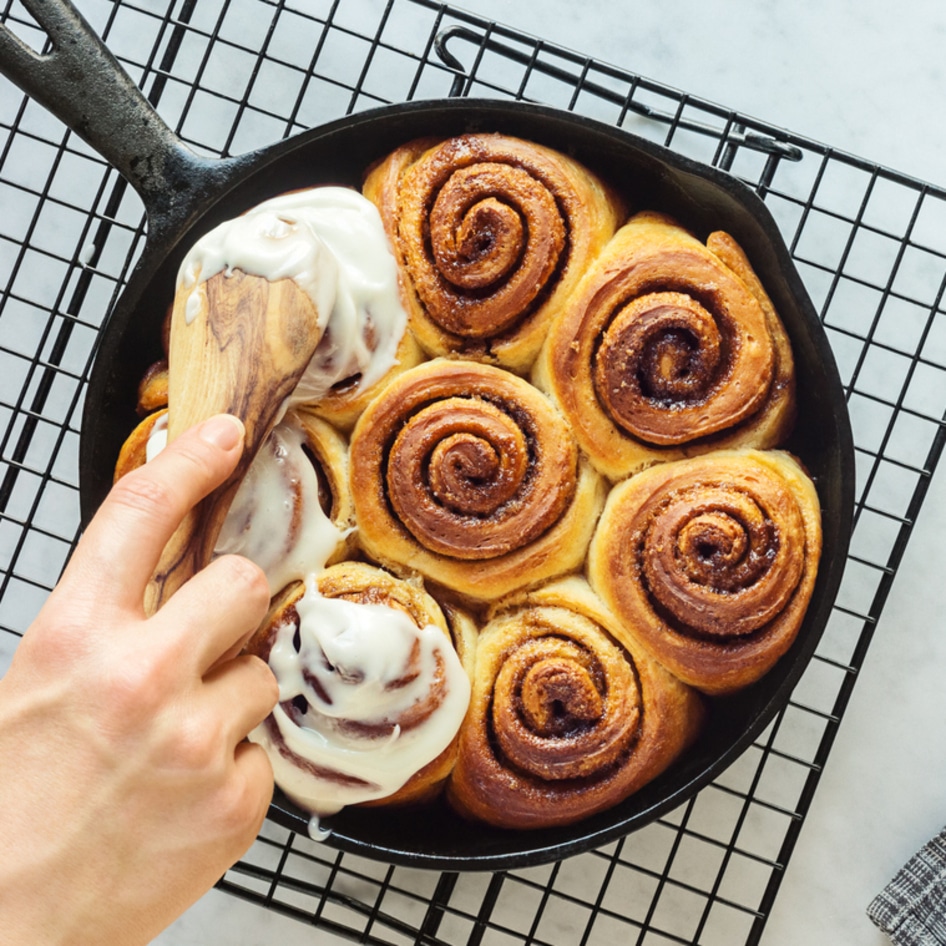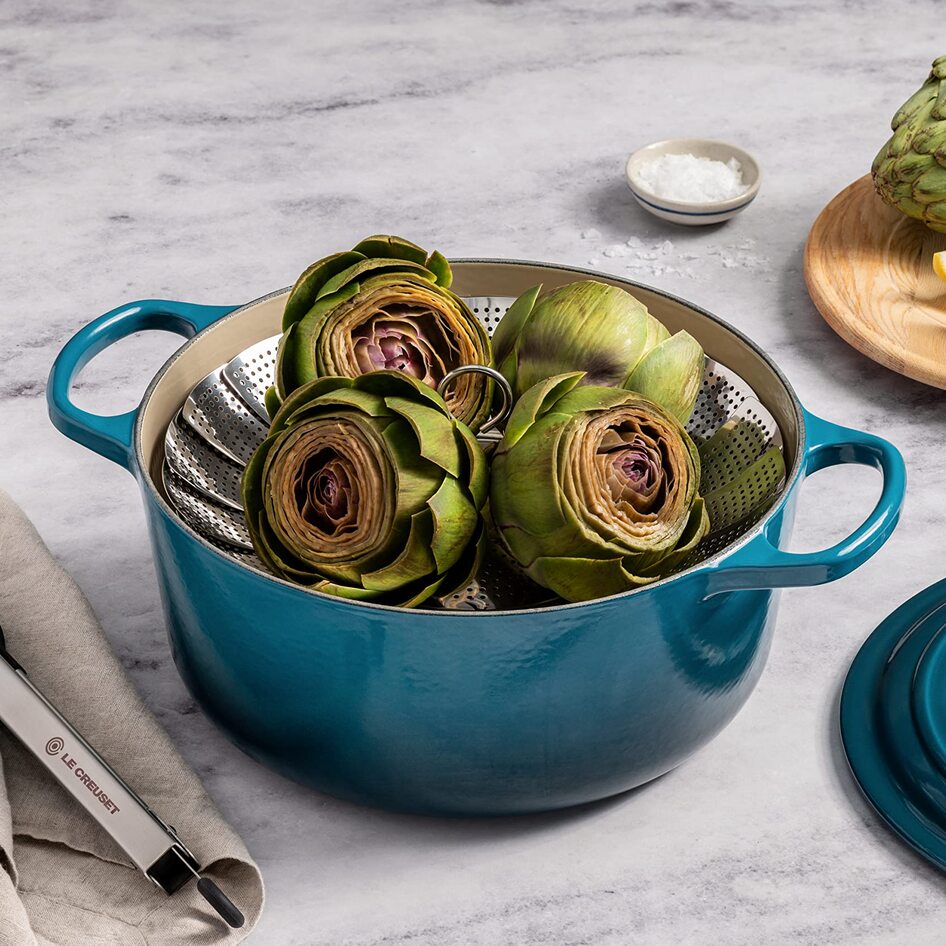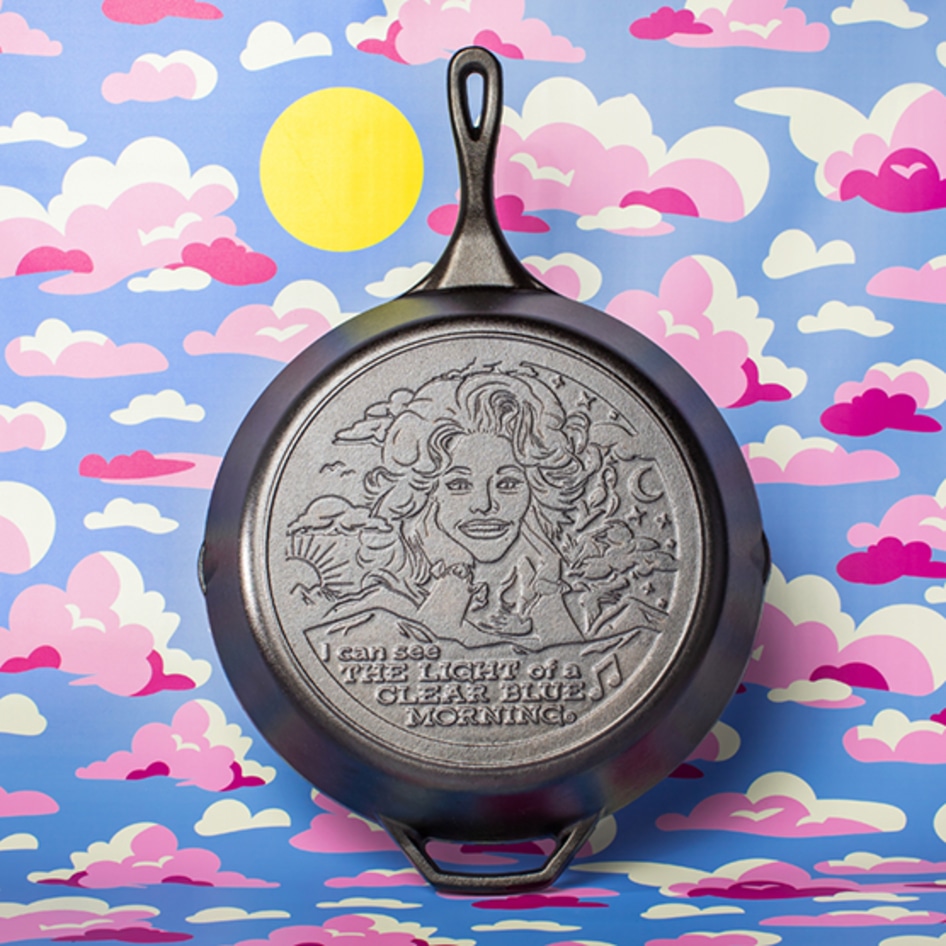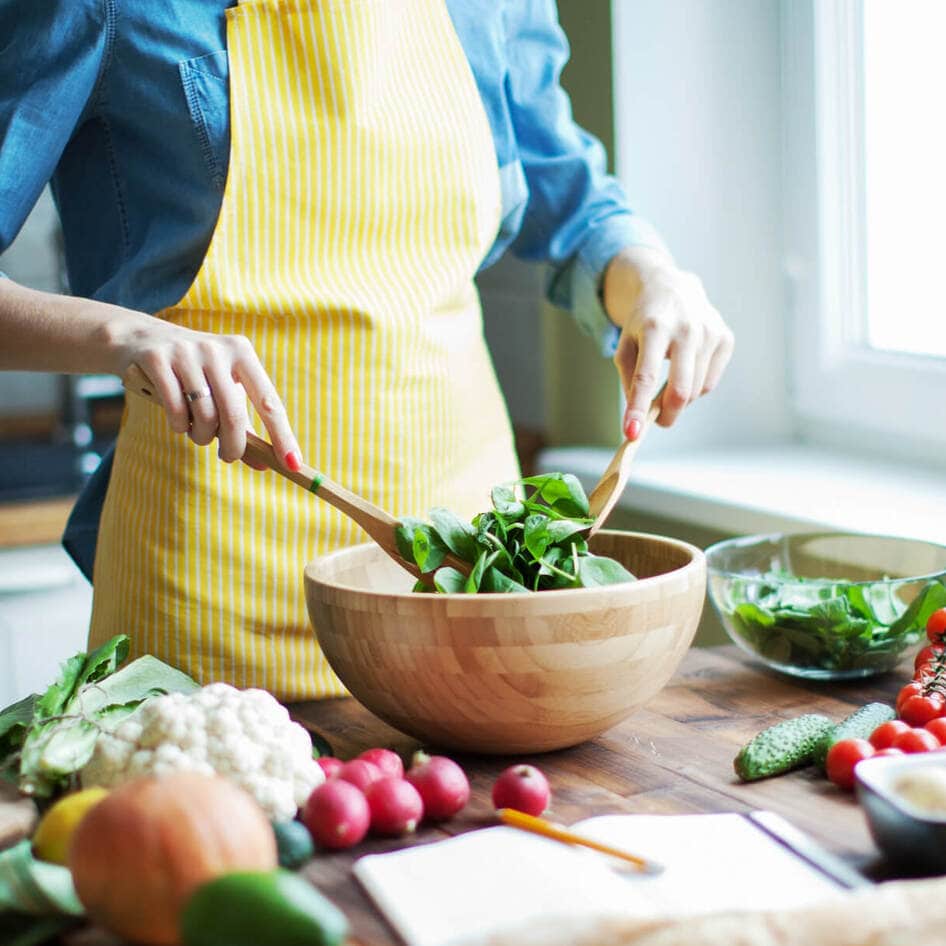Iron is an essential mineral. It helps with many, many different bodily functions, including the transport of oxygen, energy production, brain function, immune system support, and cell repair. So it’s safe to say that it’s important to ensure we’re all getting enough of it—but research suggests that Americans are struggling. According to the National Institutes of Health, roughly 10 million people in the US are iron deficient, and around half of those likely have anemia.
If you’re concerned about your iron levels, there are many ways to boost your intake. Firstly, there’s food, of course (which we’ll get into below), but cooking utensils can help, too. It sounds like pseudo-science, but it’s not. Research suggests that cooking with a cast iron pan really could help boost your iron intake. Here’s what you need to know.
What happens when your iron is low?
How much iron you need depends on a few factors, including age. Young children need more, for example, because they’re growing quickly (generally, around 10 milligrams from ages four to eight, and eight milligrams from ages nine to 13). But sex also plays a big role.
Because they lose more blood, from adolescence to menopause, people who menstruate need significantly more iron than people who don’t. For that reason, people who menstruate should aim to get around 18 milligrams of iron per day until menopause, while those who don’t only need around 8 milligrams per day.
 Pexels
Pexels
If you’re not meeting these requirements, you’re likely to feel it. Iron deficiency can lead to fatigue, weakness, shortness of breath, and dizziness, for example. It can also lead to anemia, one of the world’s most common blood disorders.
Anemia happens when the body isn’t getting enough iron to transport sufficient amounts of oxygen. As well as the previous symptoms, this could result in heart palpitations, cold hands, and feet, brain fog, and even pica (which is when the body starts to crave things like dirt or ice).
If you’re suffering from any of the above, it’s worth visiting your healthcare provider and asking for a simple blood test, which can determine if iron deficiency is causing your symptoms. If it is, your doctor will likely prescribe an iron supplement and recommend that you take steps to increase your iron intake.
Can you boost your iron intake by cooking with cast iron?
Food is, without doubt, the best source of iron. It’s present in meat and seafood, but you can get it from plant-based sources, too. The only catch is that plants contain non-heme iron, which isn’t as easily absorbed by the body. For that reason, experts advise that vegans and vegetarians consume twice as much iron-rich foods.
“Also, non-heme iron is better absorbed if eaten with vitamin C-rich foods,” Annelie Vogt von Heselholt, DCN, RD, CSO told VegNews recently. “So citrus fruits, strawberries, sweet peppers, tomatoes, and broccoli should be eaten alongside plant-based iron foods.”
There are many iron-rich plant-based foods, including tofu, spinach, nuts, and dried fruits. You can find out more about these and other plant-based iron sources in our guide here.
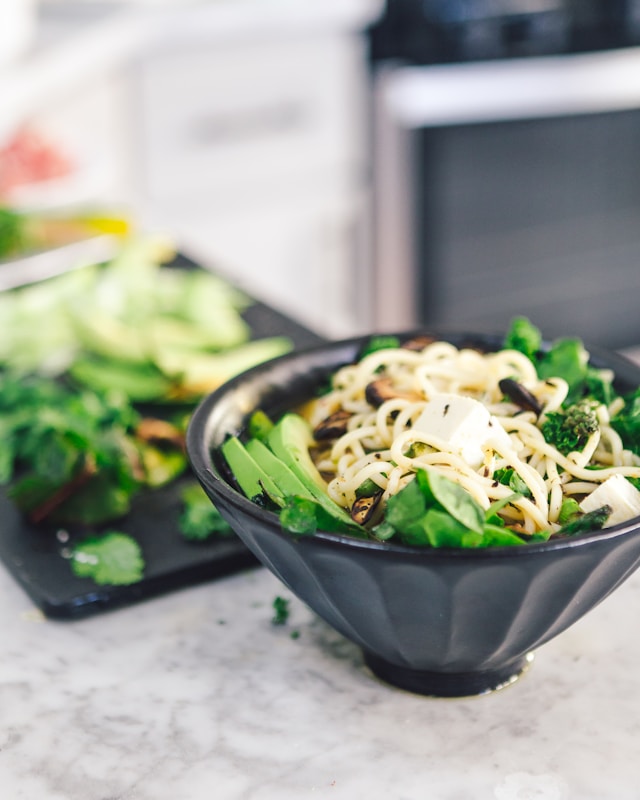 Unsplash
Unsplash
But the way you cook these foods can also have an impact. Choosing cast-iron pans could help to boost your iron intake even more. “Cast-iron skillets are a great way to increase iron intake, especially in those that don’t eat a lot of meat or fish,” Derek Lipton MS RD CSSD CSCC, a Registered Dietitian and Sports Nutrition Consultant for Bodybuilding Reviews, told VegNews.
“When using these skillets, some of the iron from the cookware gets absorbed into the food and is subsequently ingested—helping to enhance iron intake,” he added. “While this isn’t a large amount of iron, it can still be beneficial to those struggling to hit their iron needs.”
Research from the University of Arizona Medical School found that this absorption, however, depends on a few factors, including your age, the type of food, the size of the pan, and how long you cook the food. It noted that children were more likely to benefit from increased iron levels, while moist, acidic foods (like tomato paste) were more likely to absorb more iron from the pan.
Other research has indicated that cooking with iron instead of Teflon could lead to a more than 16-percent increase in the iron content of food, Jen Hernandez, RD, of Plant Powered Kidneys, told VegNews. She also mentioned the use of the Lucky Iron Fish, an FDA-certified iron, well, fish, that is added to food while cooking to boost the iron content. “This little guy can swim through your soups, stews, or other liquid-heavy meals for 10 minutes and it will release 6 to 8 milligrams of iron into your food,” she told VegNews.
“Oftentimes we hear you need to eat more meat, but this is a great way to do it as well, especially if you are plant-based,” Hernandez added.
If you want to learn more about cast-iron pans, you can find some of our top picks here.
For the latest vegan news, read:
JUMP TO ... Latest News | Recipes | Guides | Health | Shop
Here at VegNews, we live and breathe the vegan lifestyle, and only recommend products we feel make our lives amazing. Occasionally, articles may include shopping links where we might earn a small commission. In no way does this effect the editorial integrity of VegNews.

